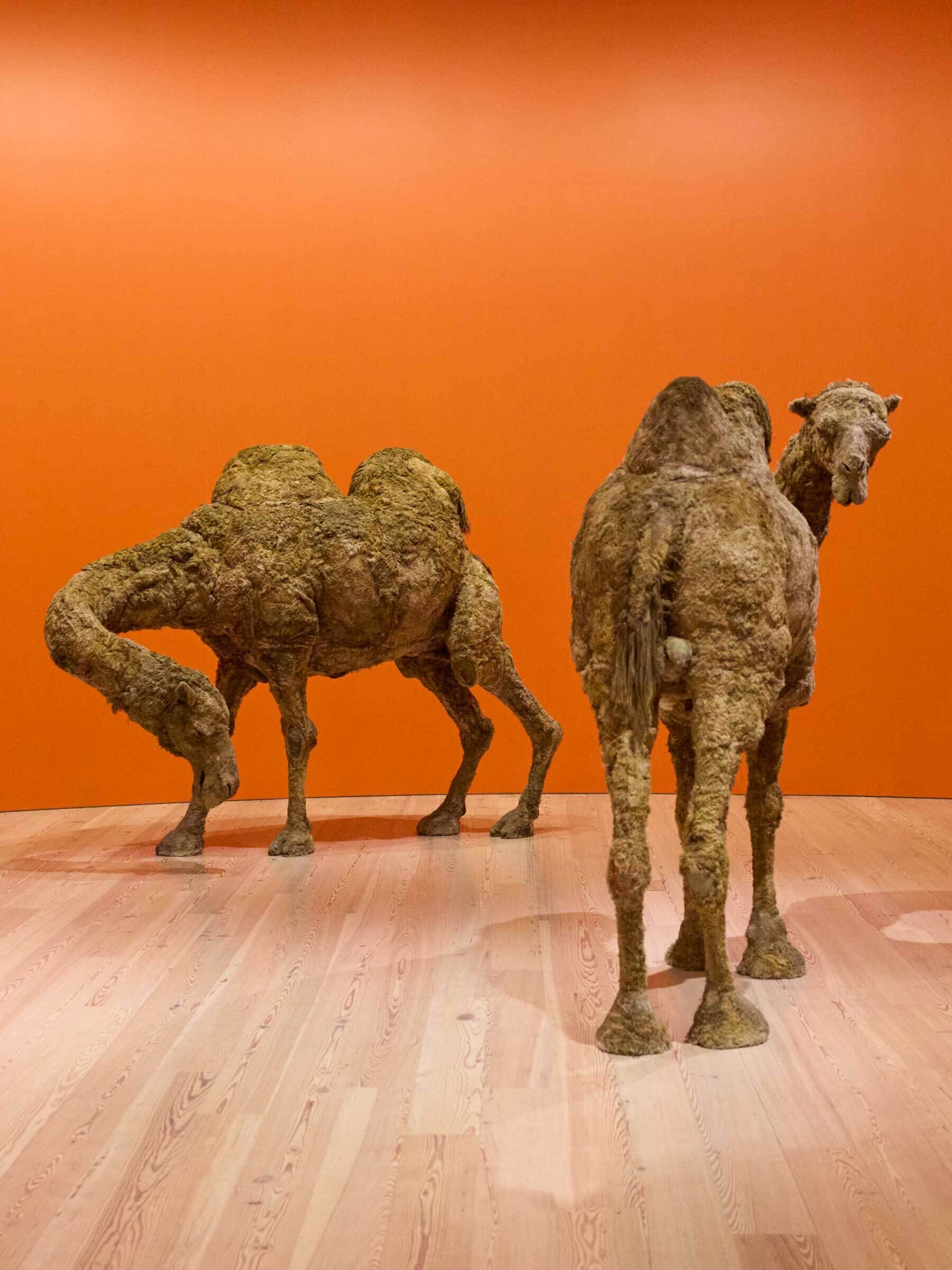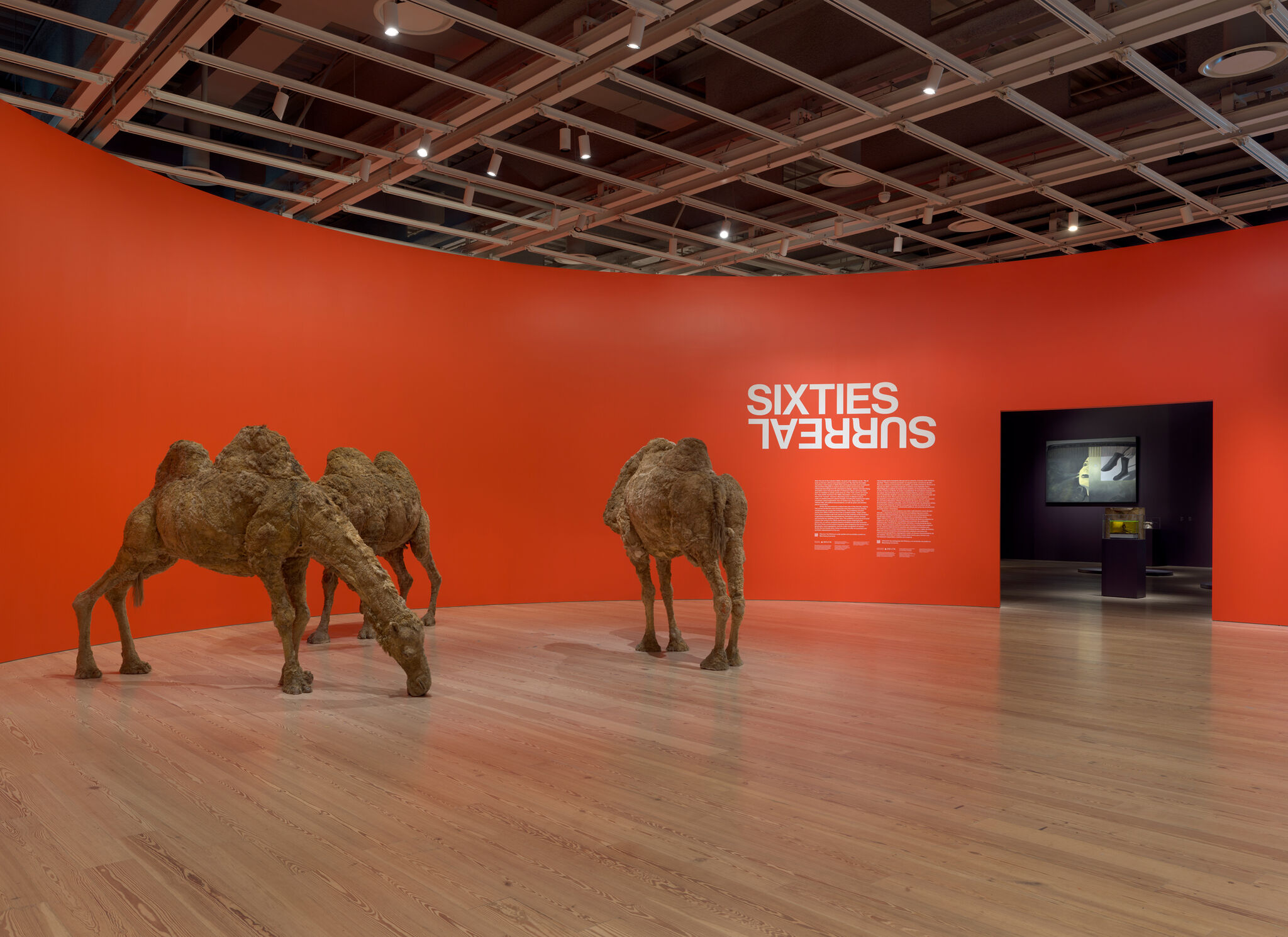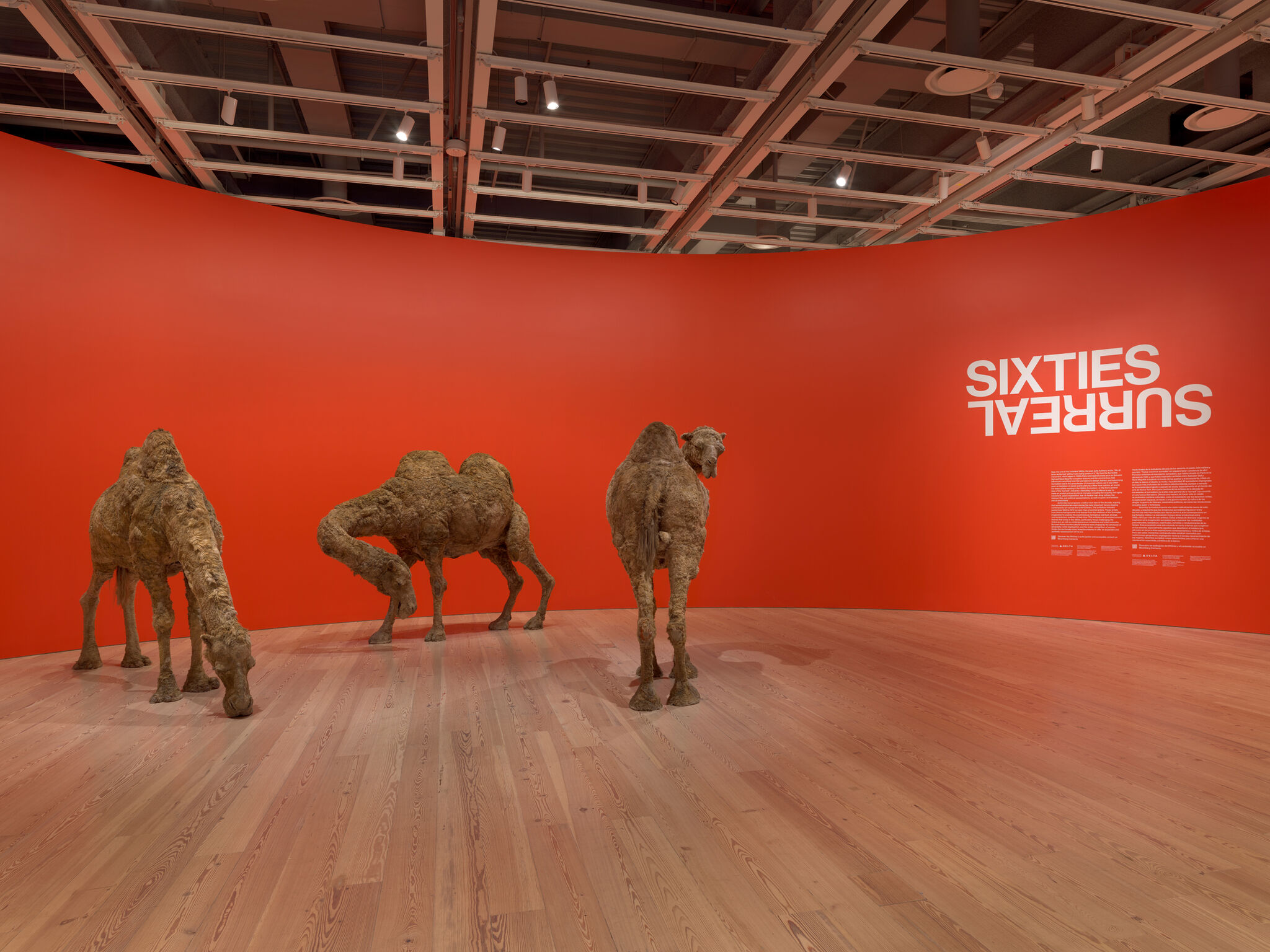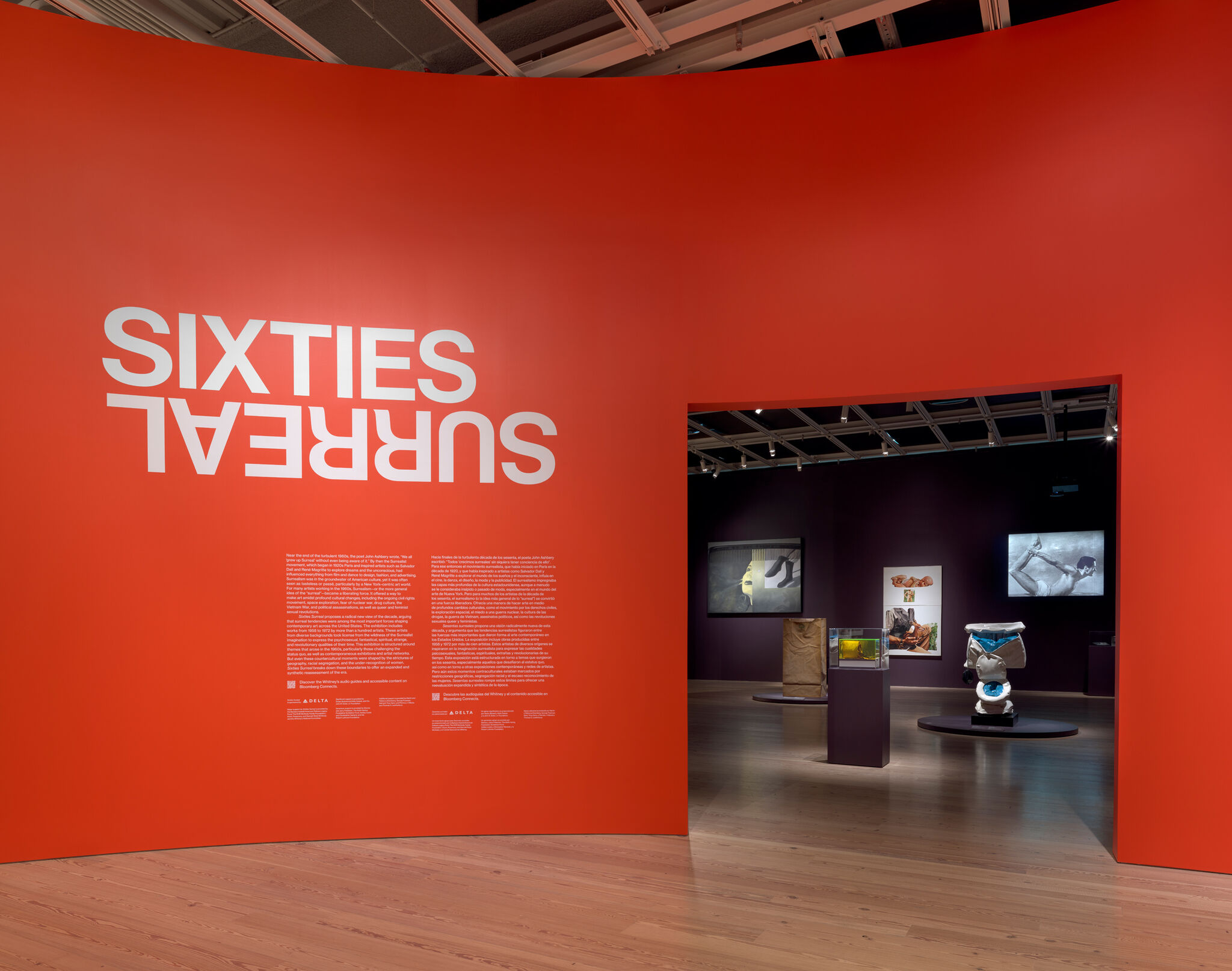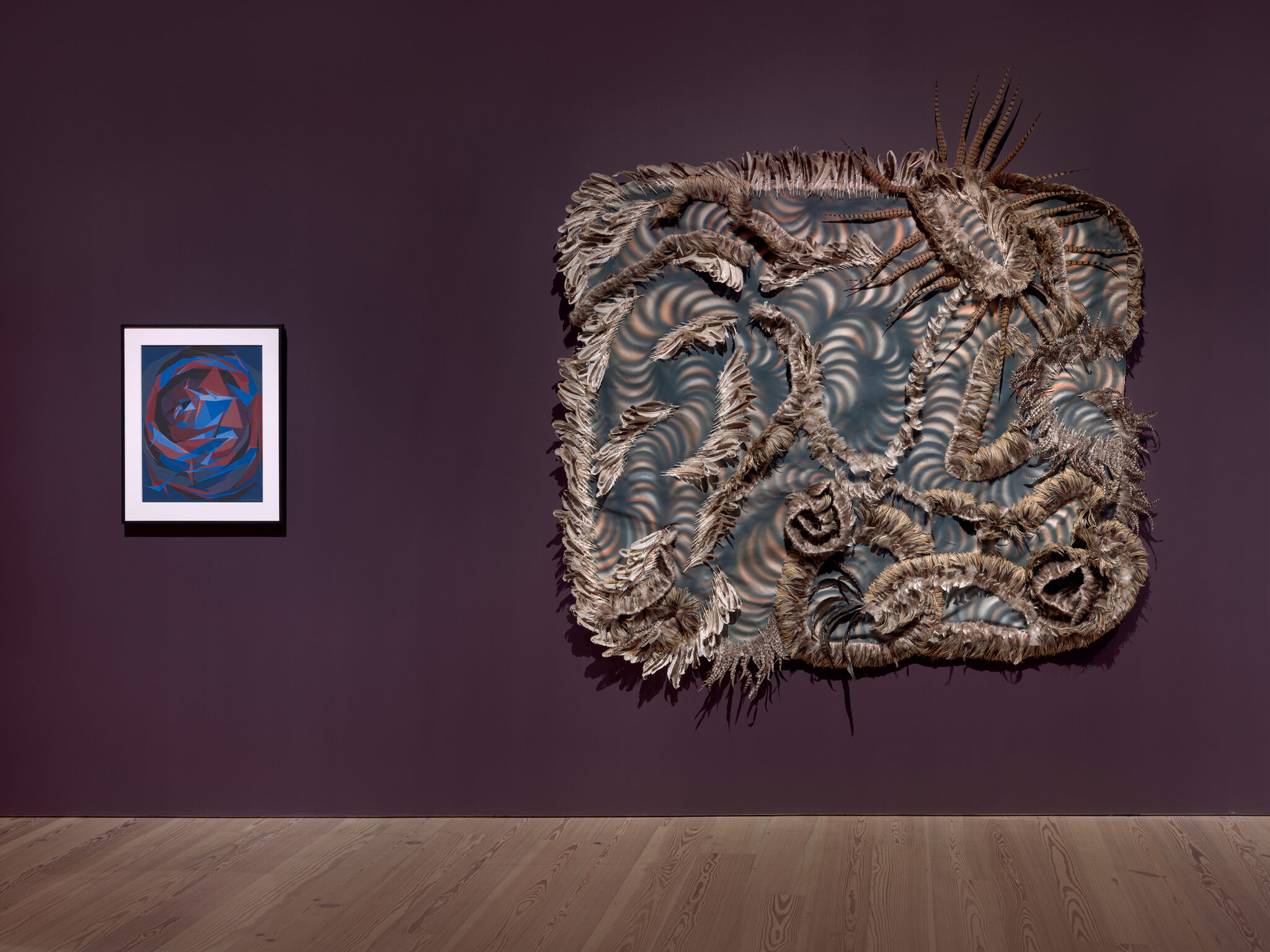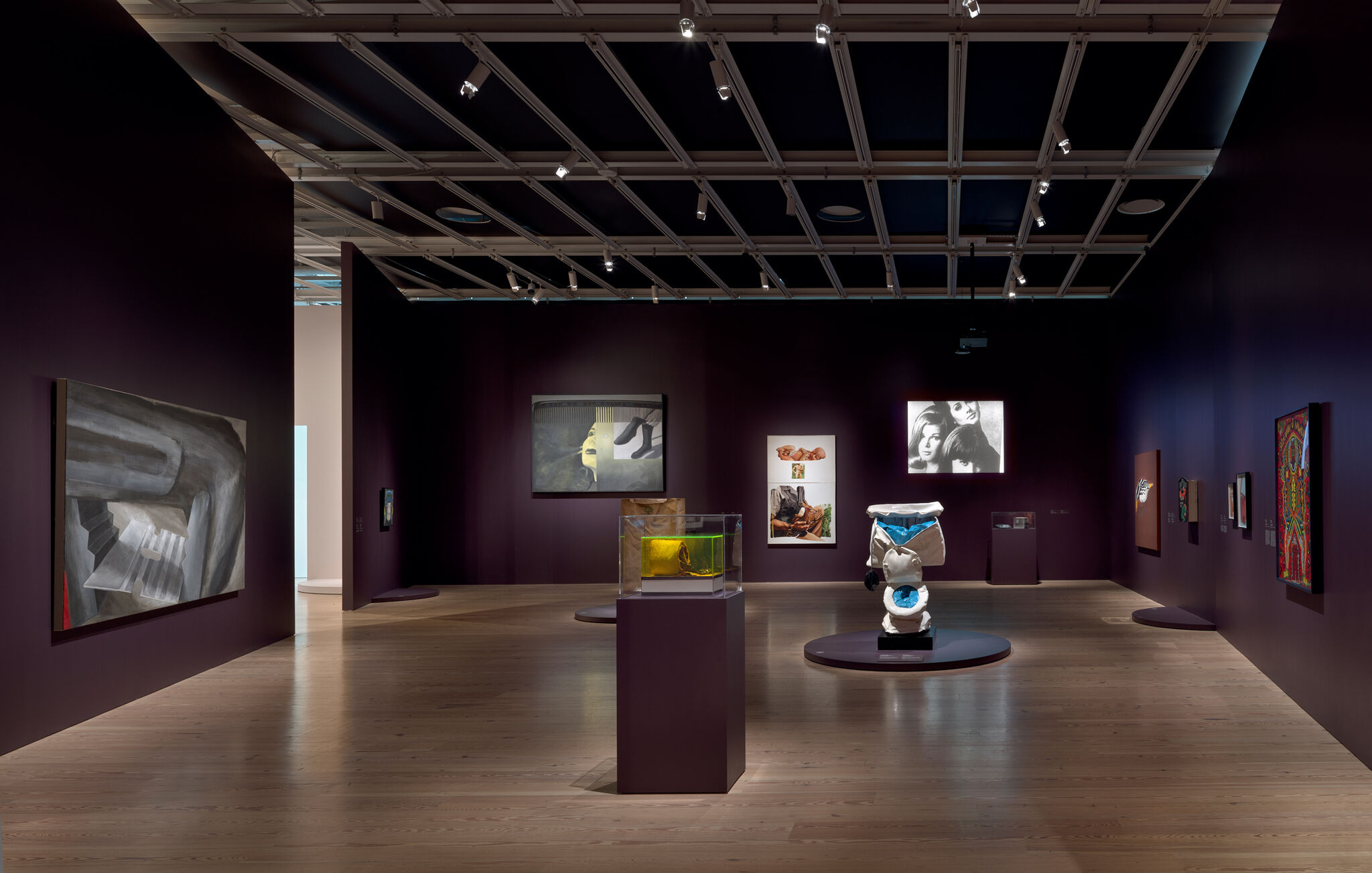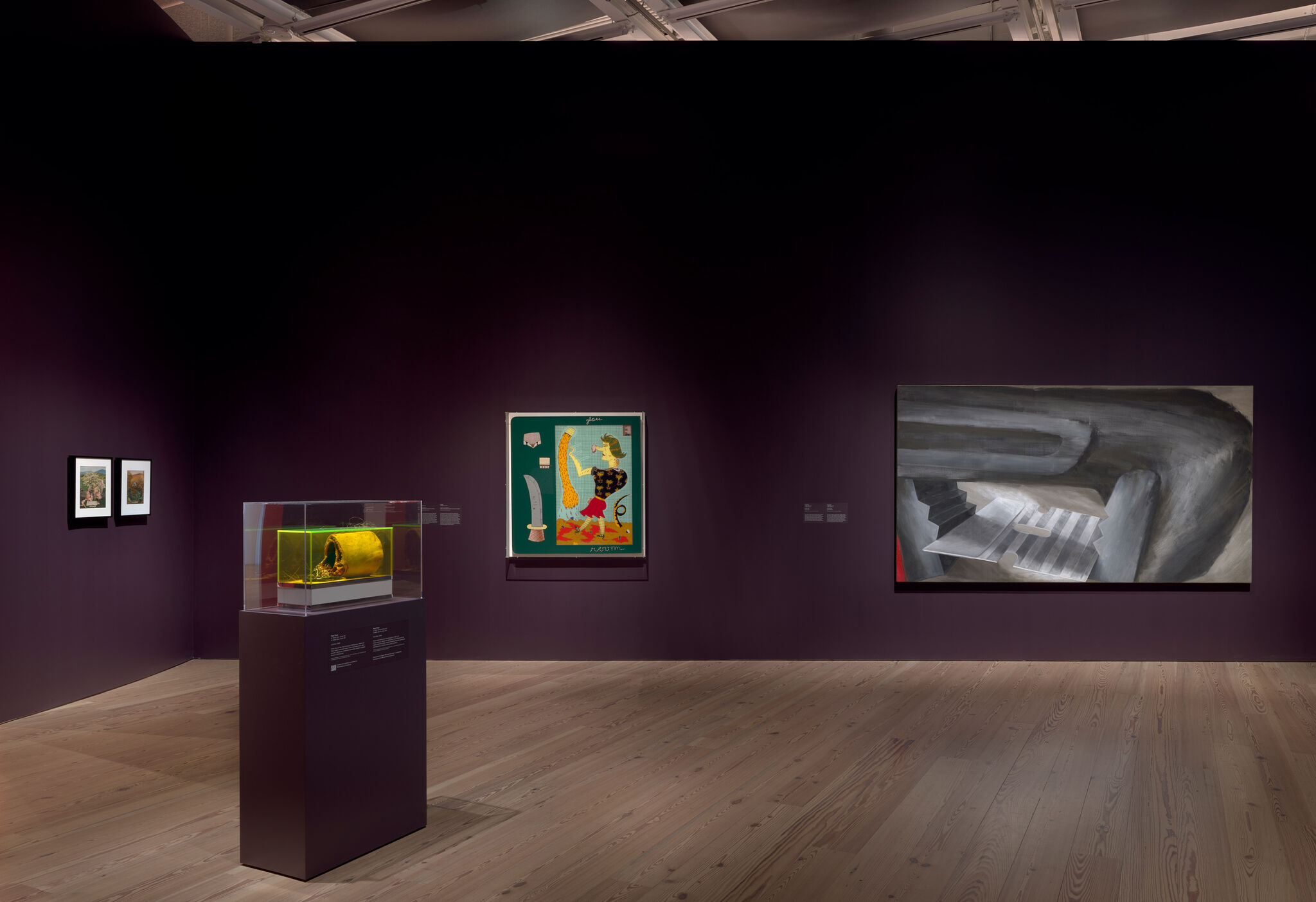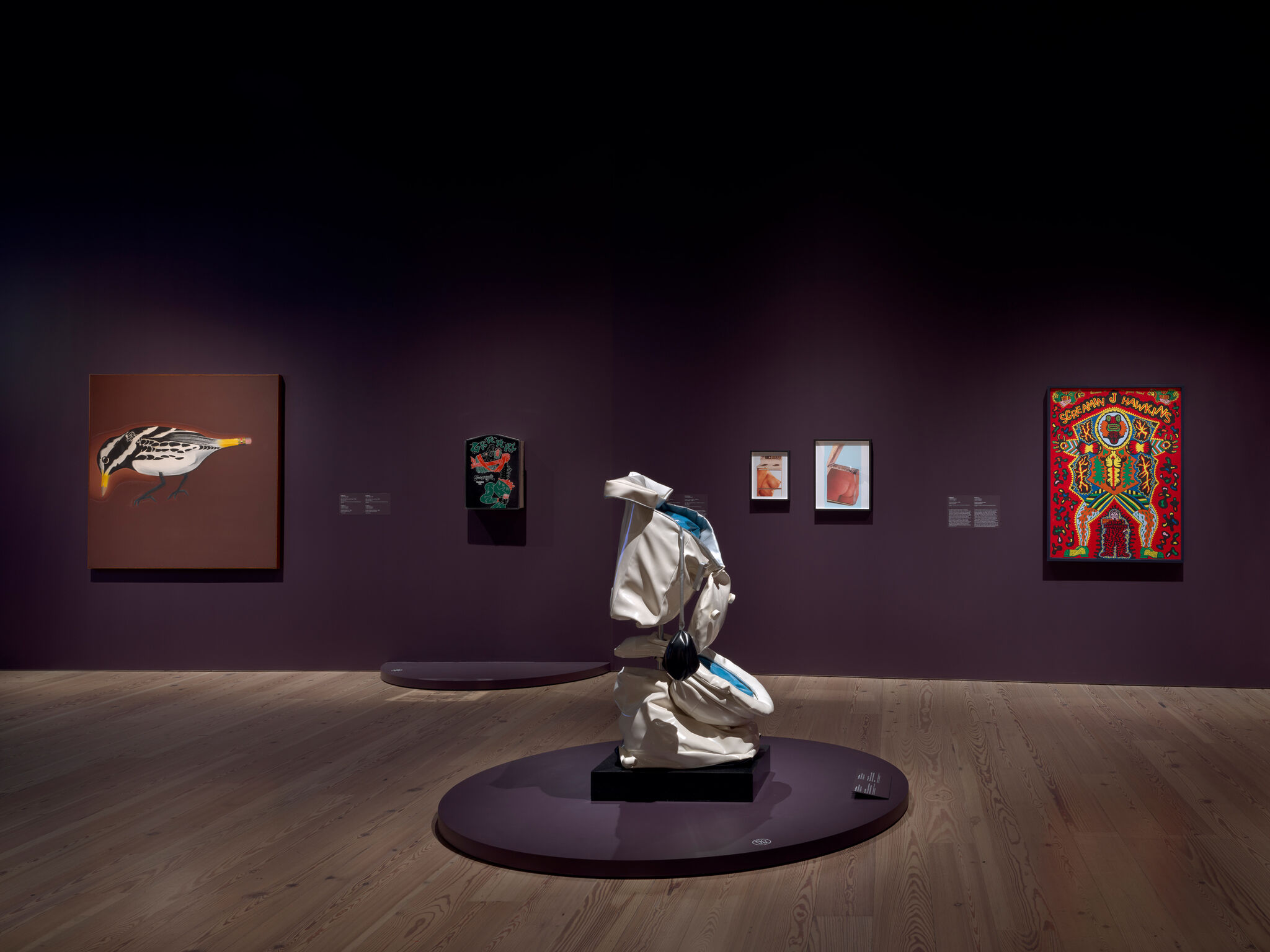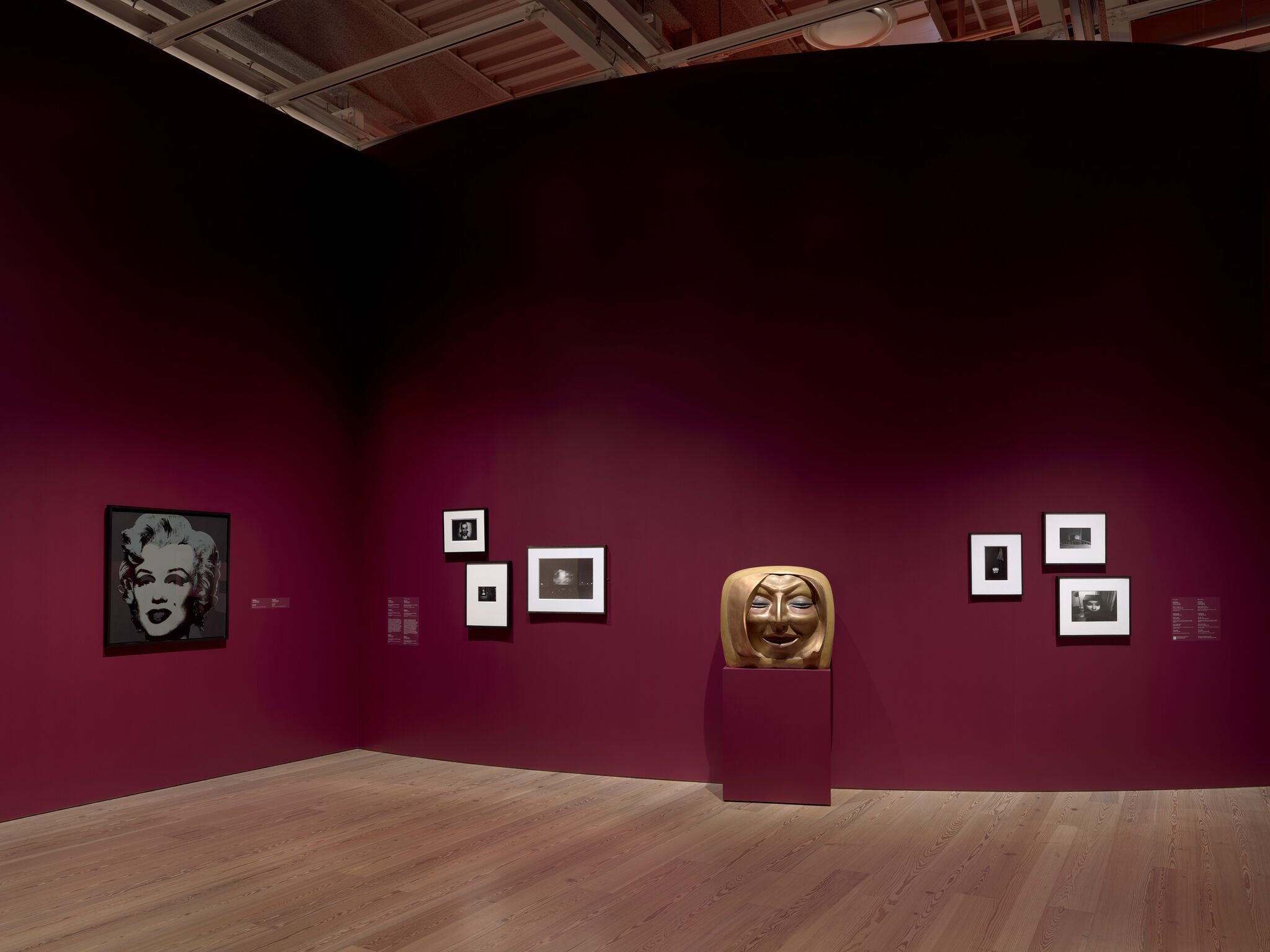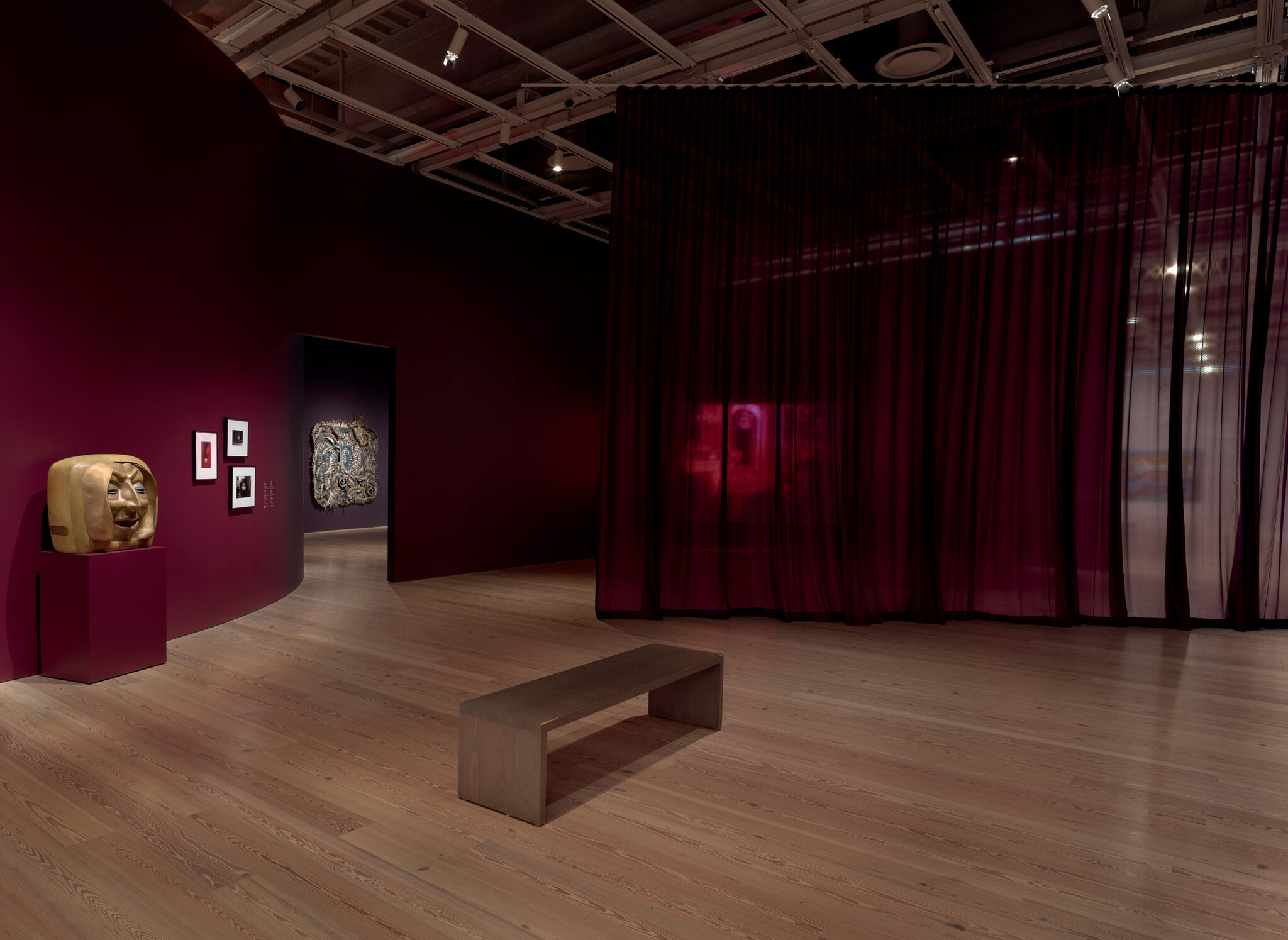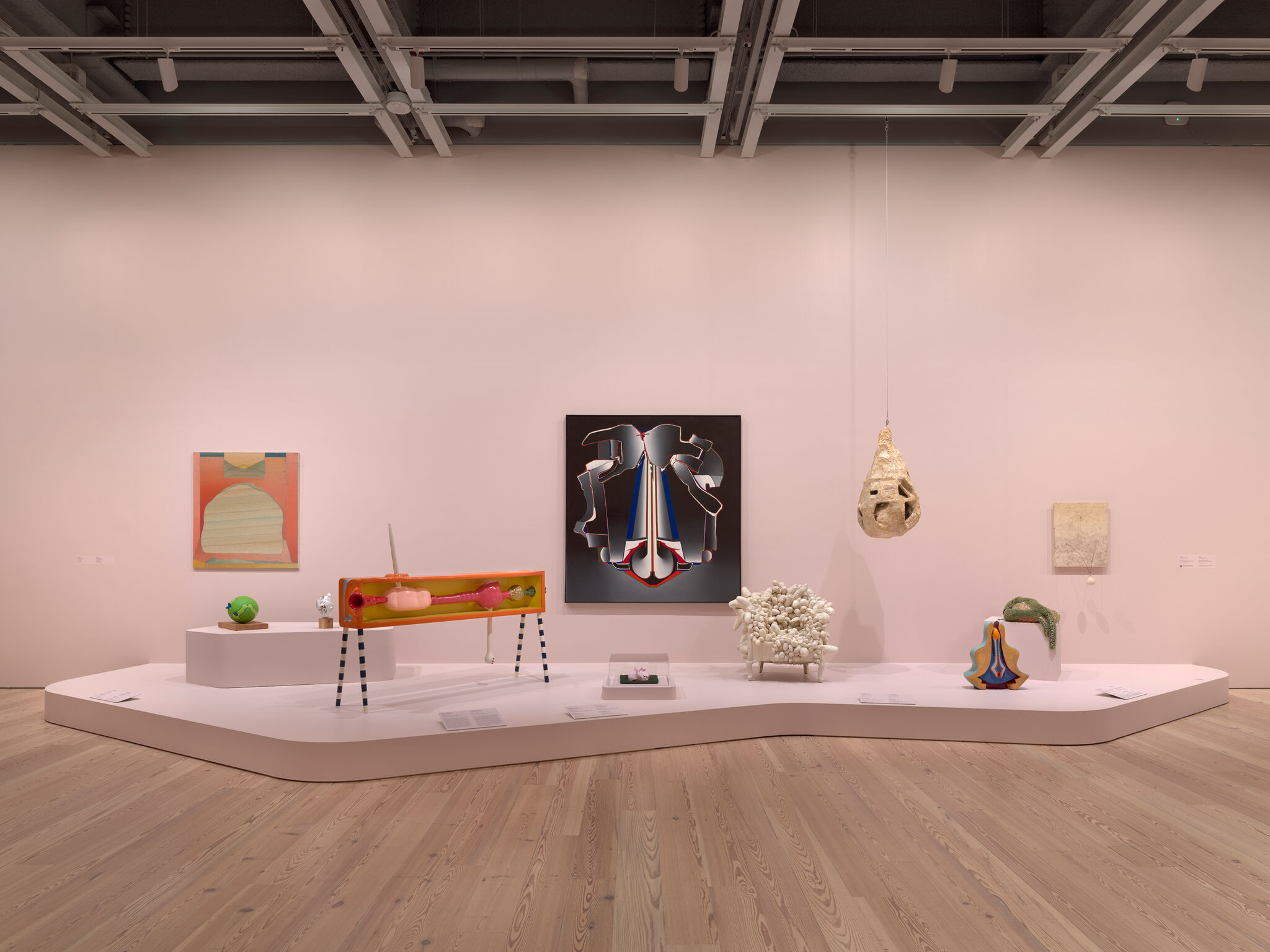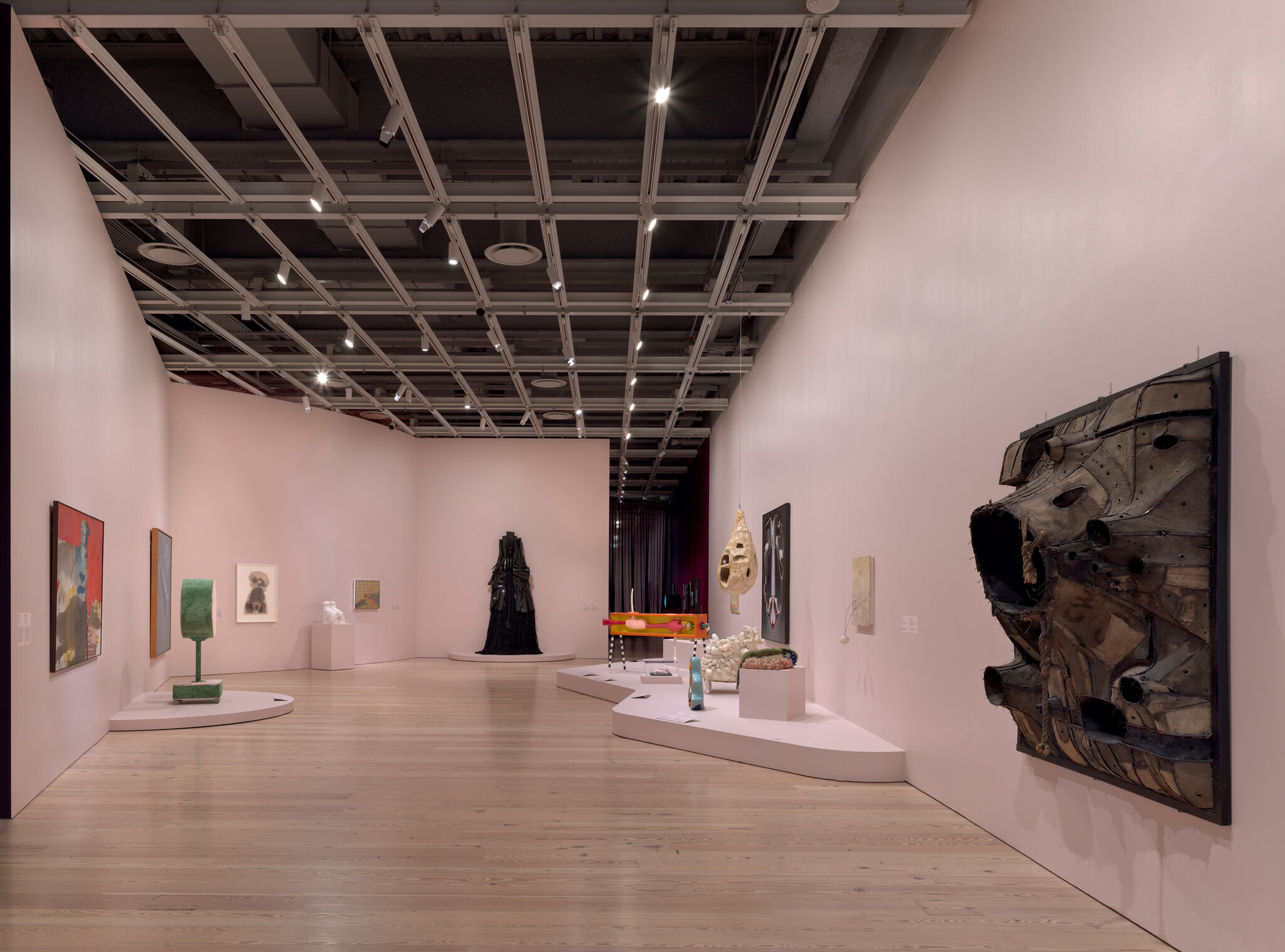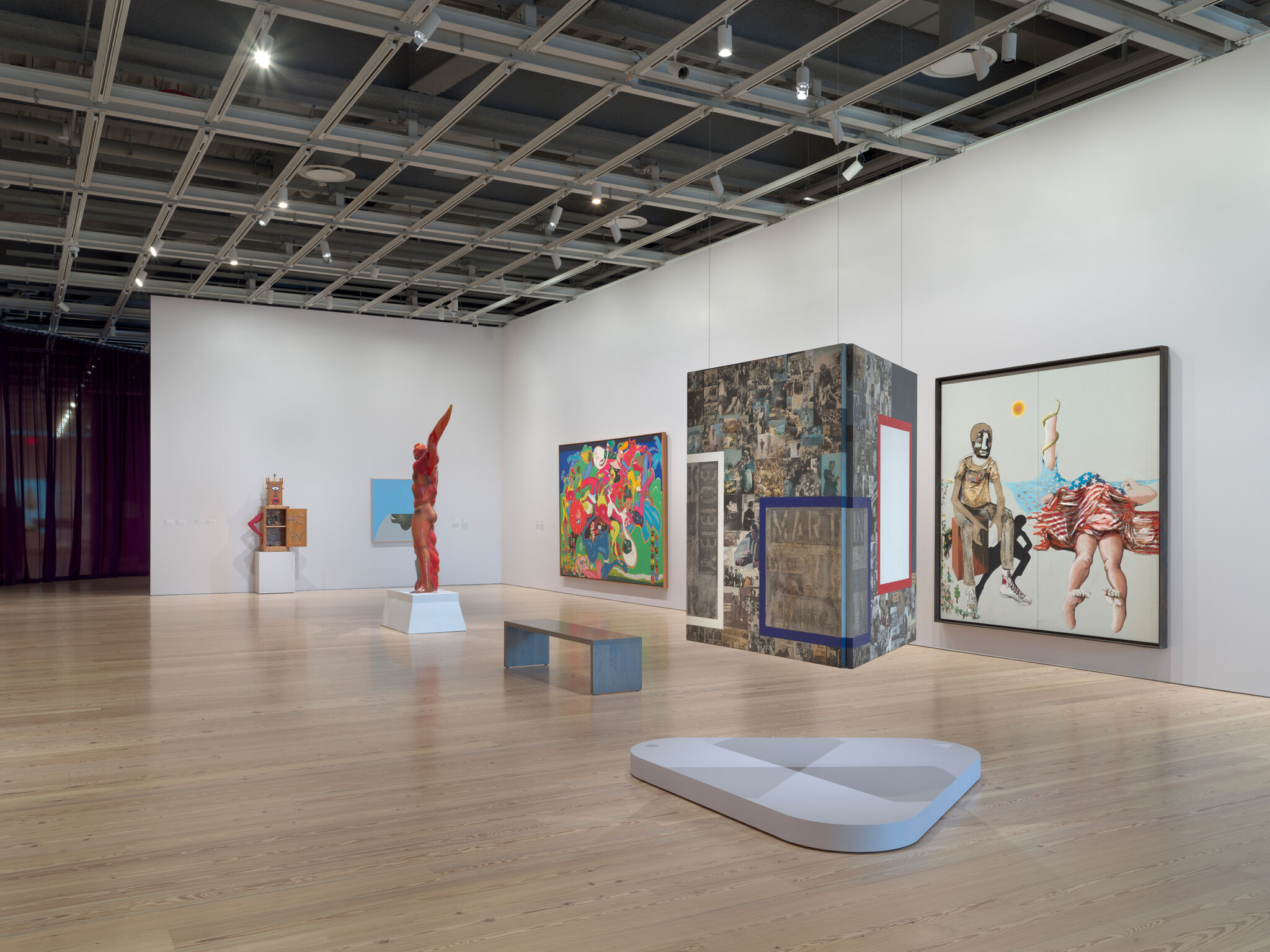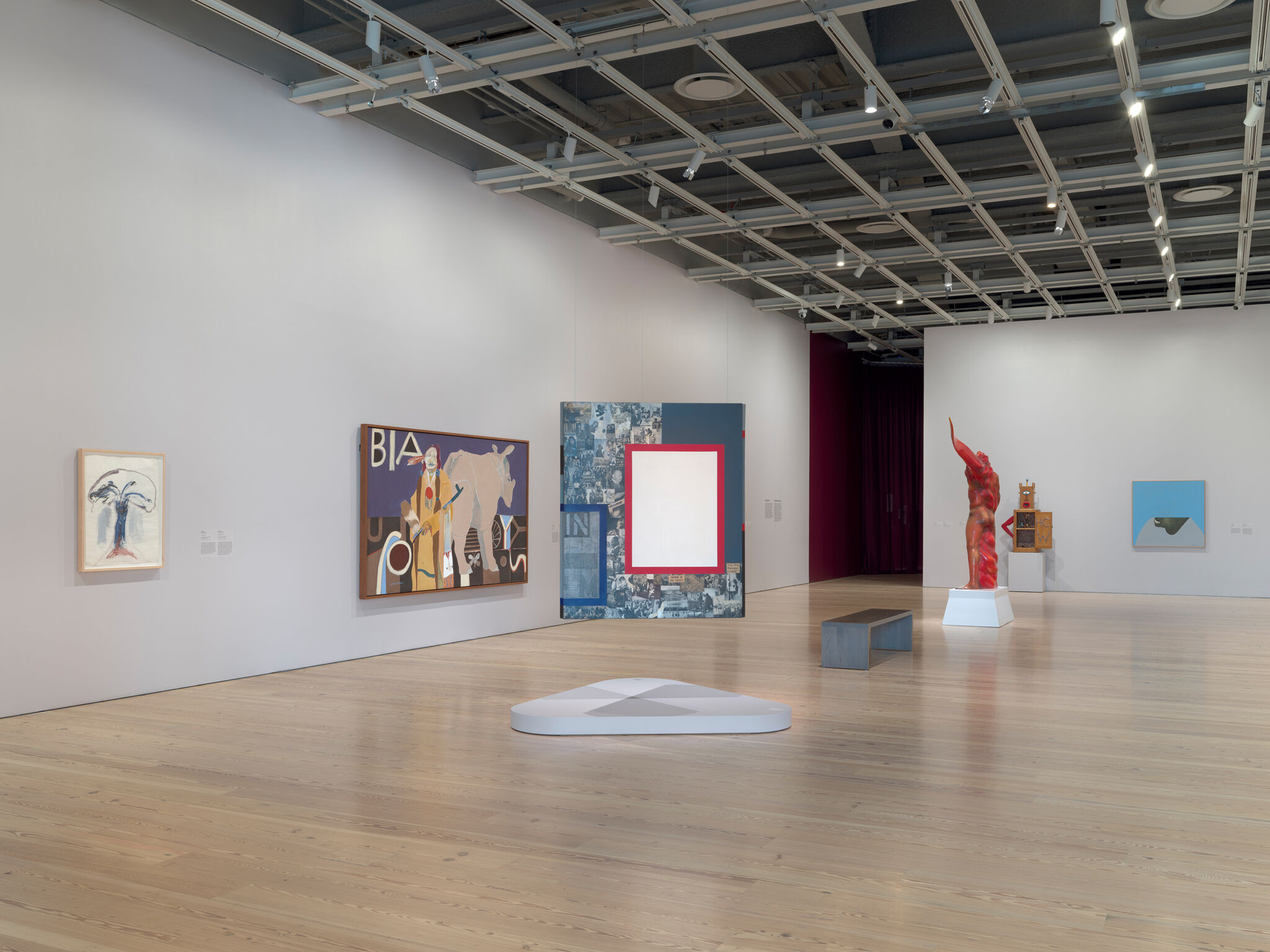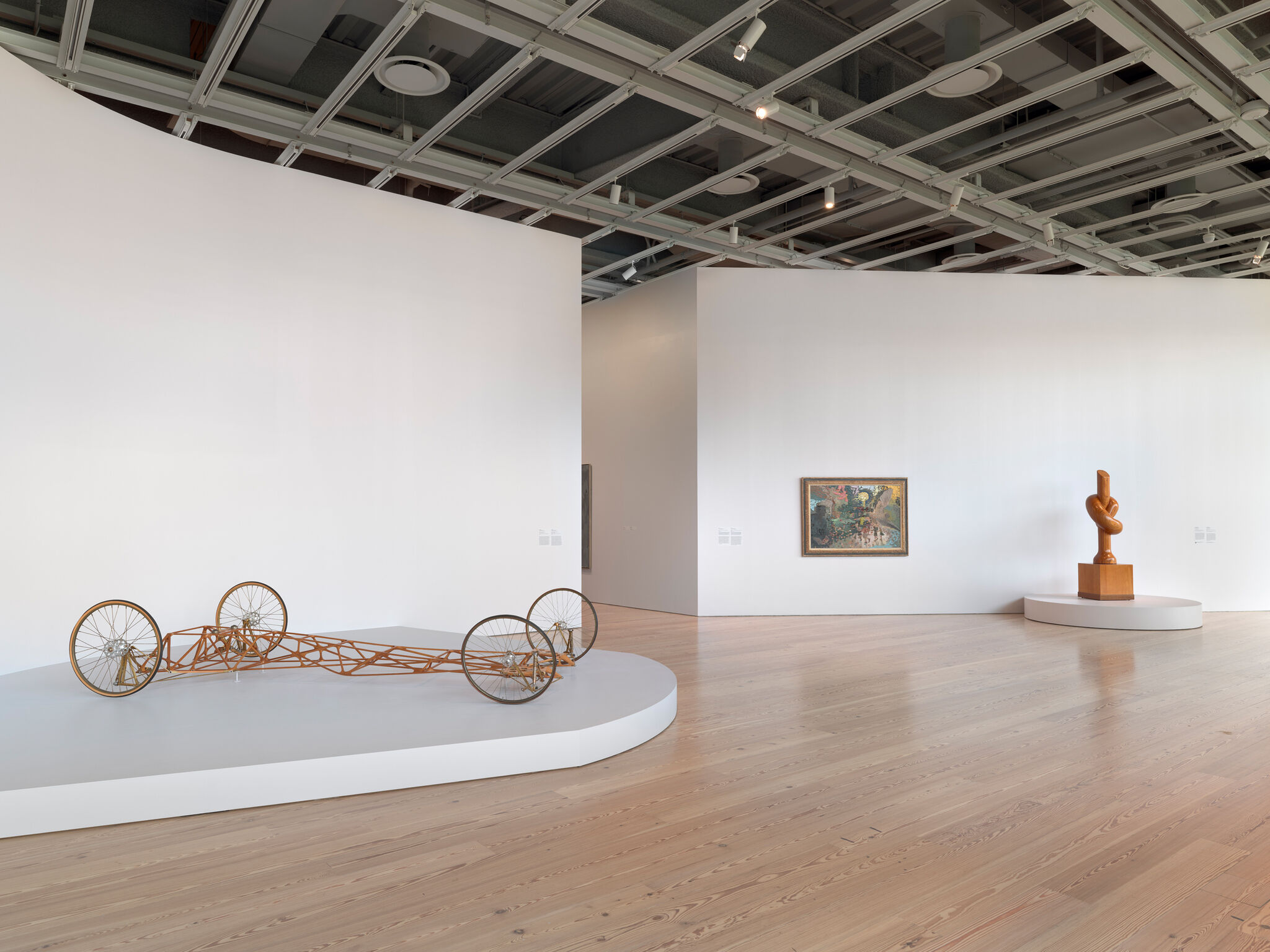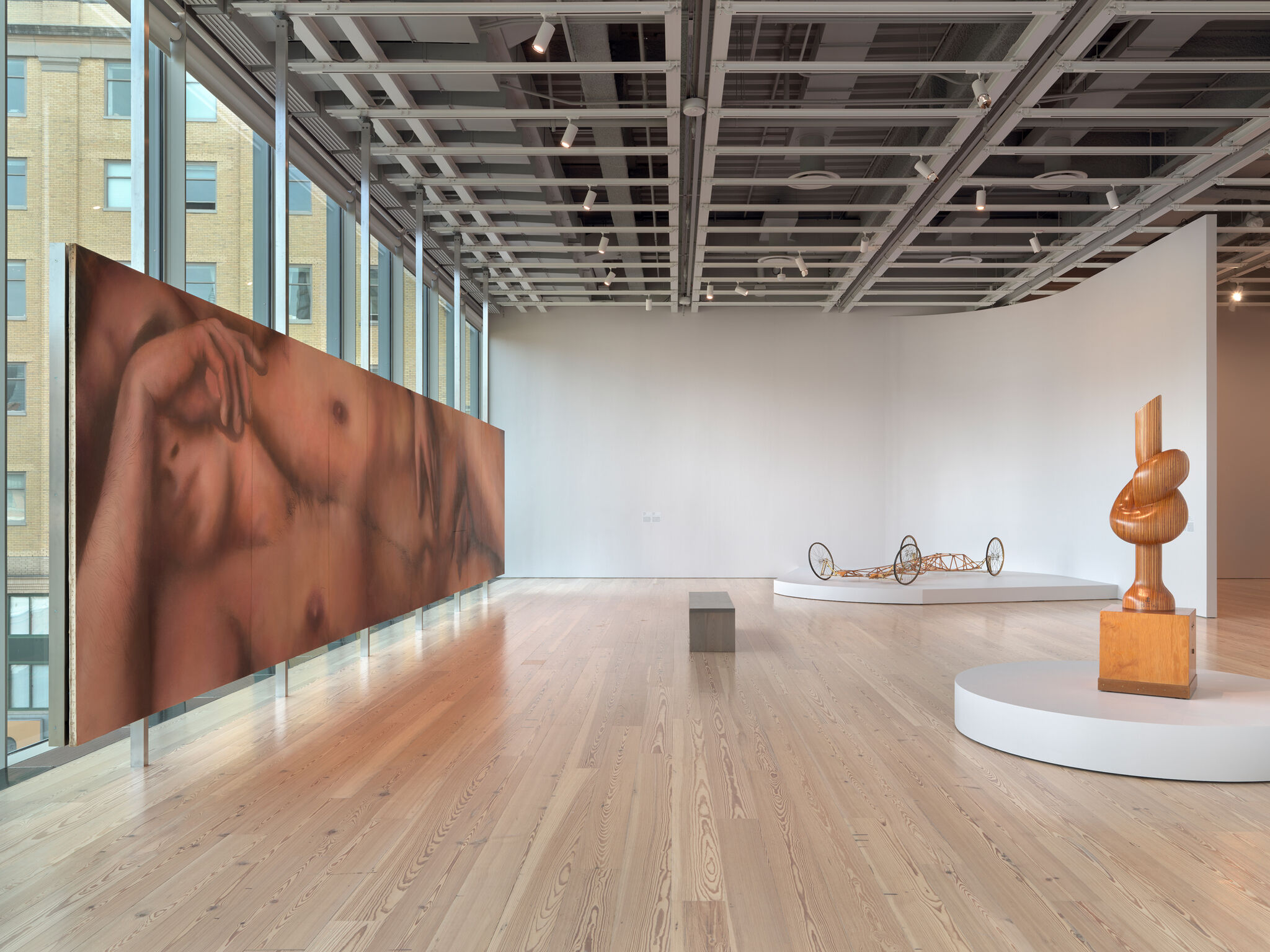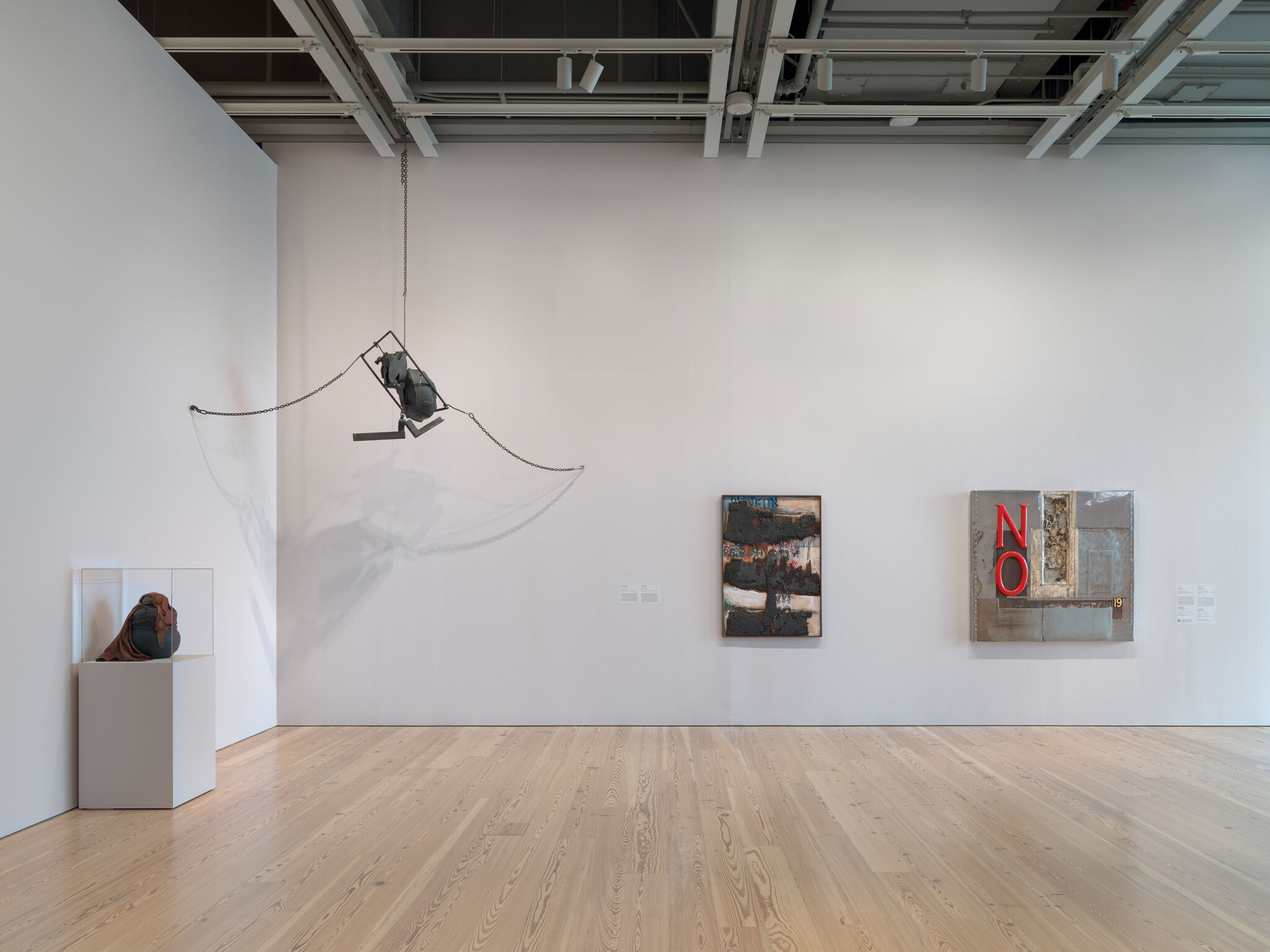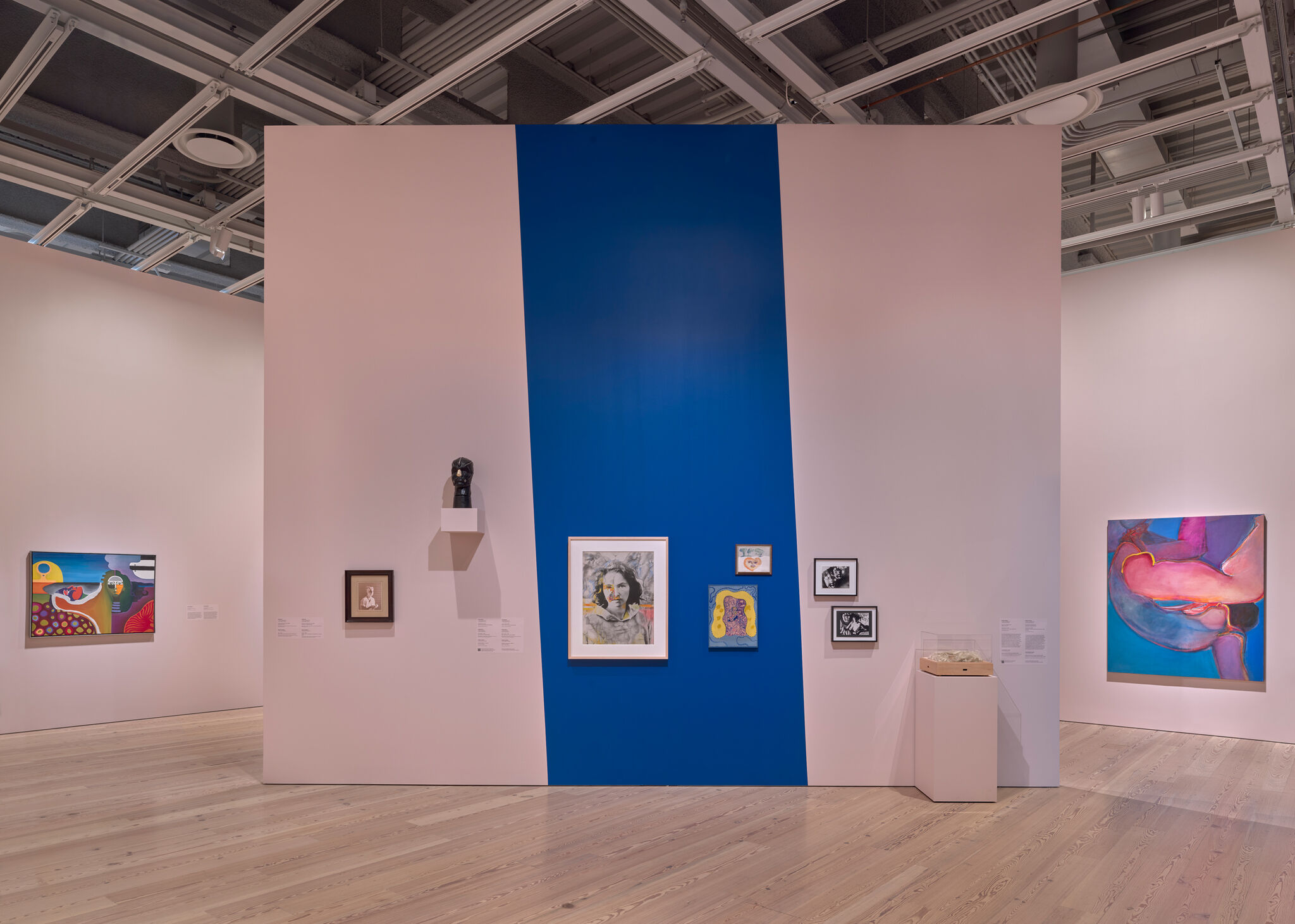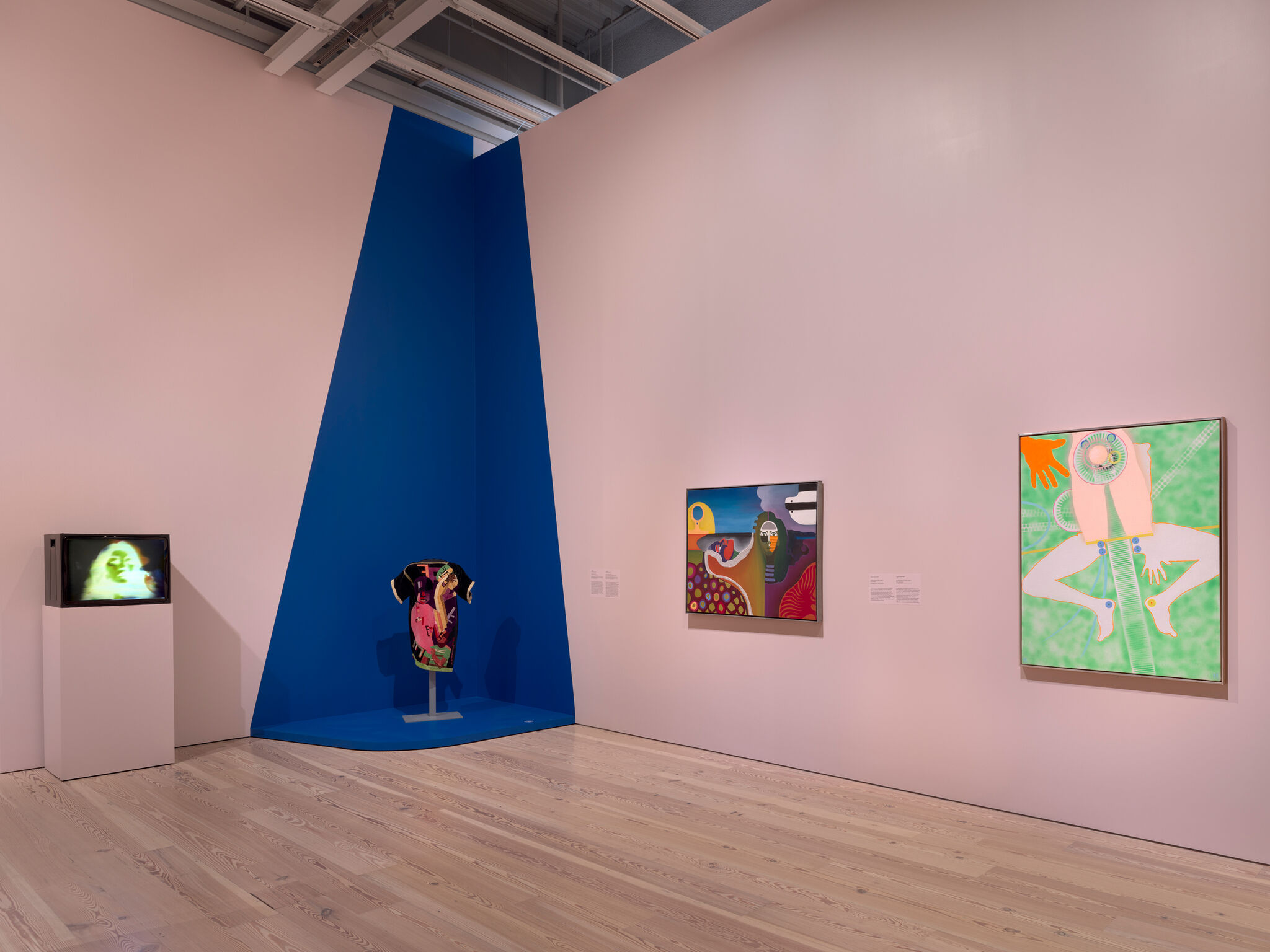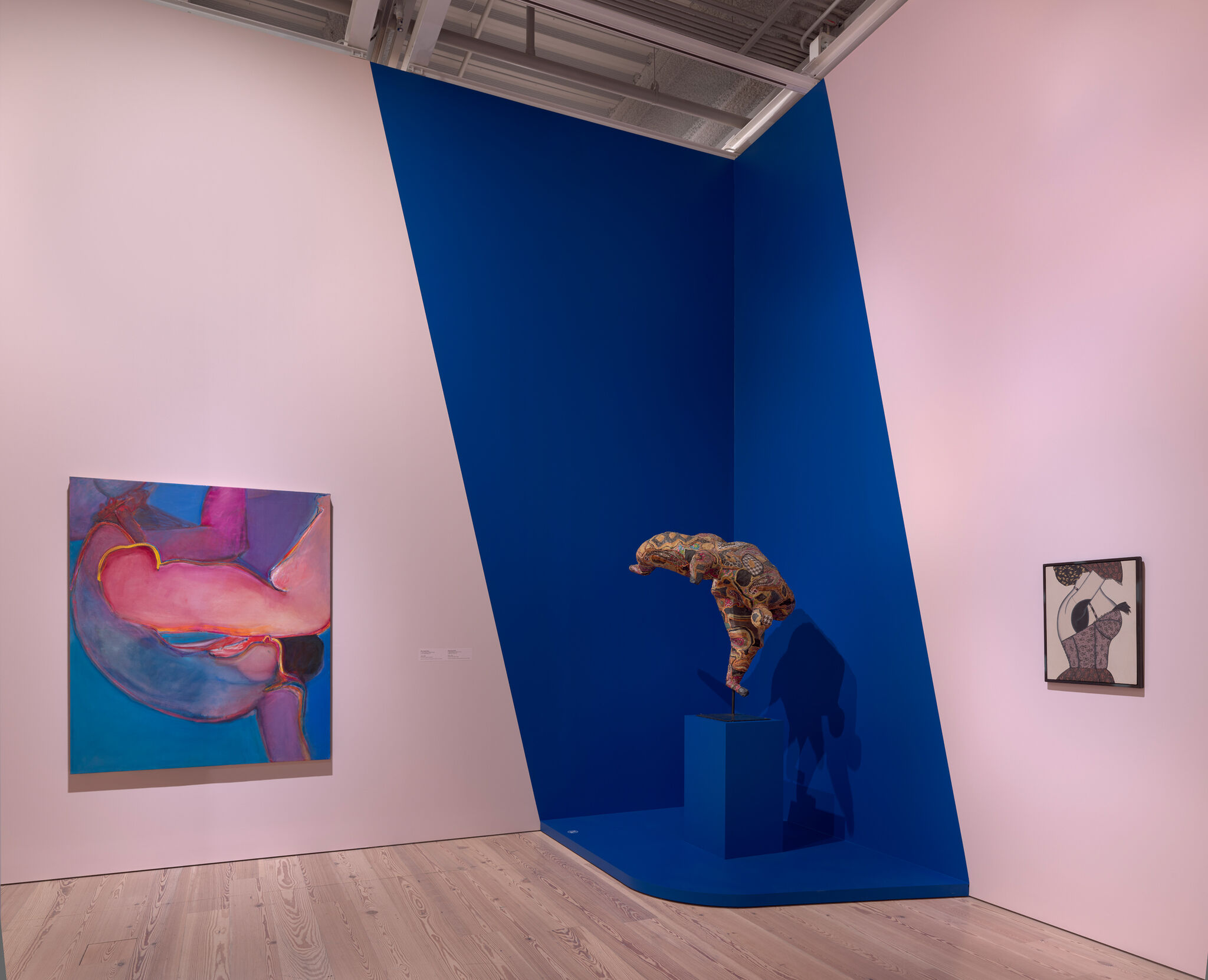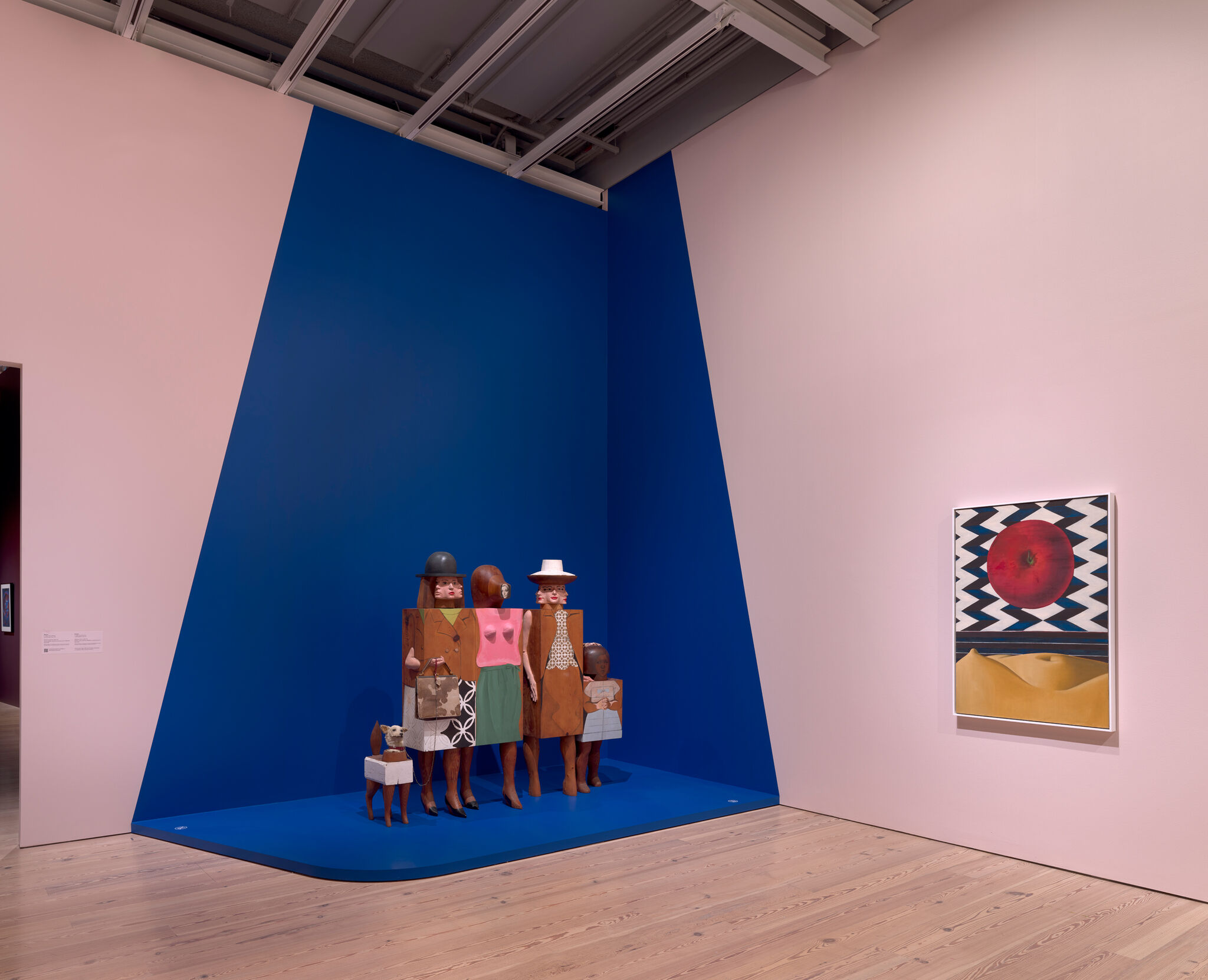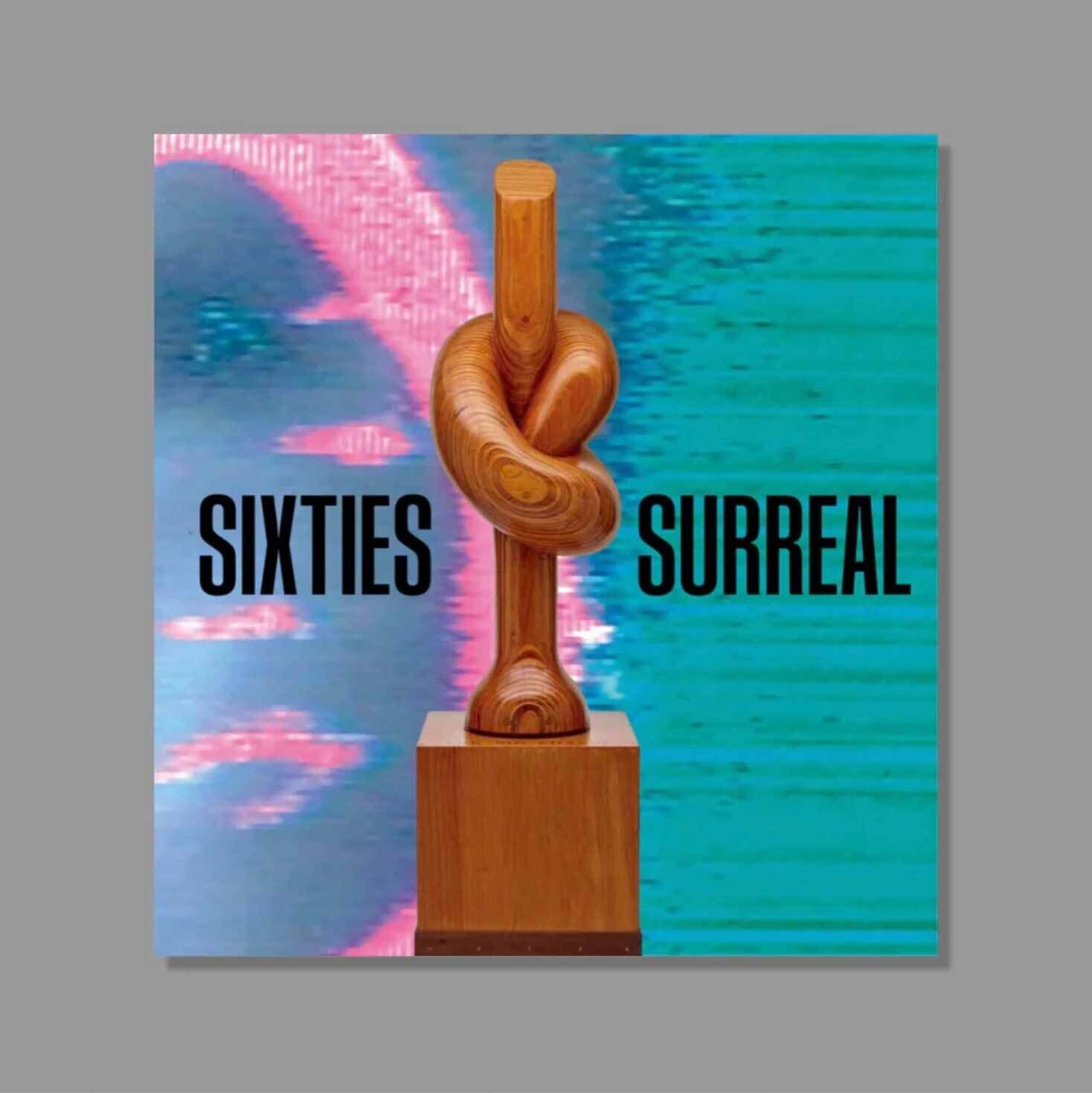Sixties Surreal
On view
Floor 5
Open: Sept 24, 2025–Jan 19, 2026
Sixties Surreal is an ambitious, scholarly reappraisal of American art from 1958 to 1972, encompassing the work of more than 100 artists. This revisionist survey looks beyond now canonical movements to focus instead on the era’s most fundamental, if underrecognized, aesthetic current—an efflorescence of psychosexual, fantastical, and revolutionary tendencies, undergirded by the imprint of historical Surrealism and its broad dissemination.
Sixties Surreal recontextualizes some of the decade’s best-known figures alongside those only recently rediscovered. The exhibition gathers a range of works by artists including Diane Arbus, Lee Bontecou, Franklin Williams, Nancy Grossman, David Hammons, Linda Lomahaftewa, Mel Casas, Yayoi Kusama, Romare Bearden, and Louise Bourgeois, among others. In the 60s, many of these artists sought new strategies for connecting art back to a lived reality that seemed increasingly unreal due to rapid postwar transformation and the social, political, and technological upheavals of the later part of the decade.
At the Whitney, Sixties Surreal will attend to the ways in which historical Surrealism of the earlier 20th Century laid the groundwork for a kind of vernacular surrealism in the 1960s—particularly in America, as cascading social and political changes affirmed that life, itself, is surreal. The way in which artists working across the country—from New York and Philadelphia, to Chicago, Houston, Los Angeles, and the Bay Area—beheld and reimagined this reality will be among the exhibition’s central concerns, while also mirroring the sociopolitical extremes in which artists of the present find themselves working. The exhibition's title, Sixties Surreal, states the show's straightforward historic parameters while suggesting a new take on that history.
Sixties Surreal is organized by Dan Nadel, Steven and Ann Ames Curator of Drawings and Prints, Whitney Museum of American Art; Laura Phipps, Associate Curator, Whitney Museum of American Art; Scott Rothkopf, Alice Pratt Brown Director, Whitney Museum of American Art; and Elisabeth Sussman, Curator, Whitney Museum of American Art, with Kelly Long, Senior Curatorial Assistant, and Rowan Diaz-Toth, Curatorial Project Assistant, Whitney Museum of American Art.
Sixties Surreal is sponsored by

Major support for Sixties Surreal is provided by the Barbara Haskell American Fellows Legacy Fund, The KHR McNeely Family Foundation | Kevin, Rosemary, and Hannah Rose McNeely, and the Whitney’s National Committee.
Significant support is provided by Susan Boland and Kelly Granat, and the John R. Eckel, Jr. Foundation.
Generous support is provided by Sheree and Jerry Friedman, The Keith Haring Foundation Exhibition Fund, Ashley Leeds and Christopher Harland, and the Robert Lehman Foundation.
Additional support is provided by Martin and Rebecca Eisenberg, George Freeman, Gail and Tony Ganz, and Patricia J. Villareal and Thomas S. Leatherbury.
Events
View all-

Aesthetics of Double Consciousness: Identity Through the Lens of Black Artists
Friday, December 5, 2025
12 pm -
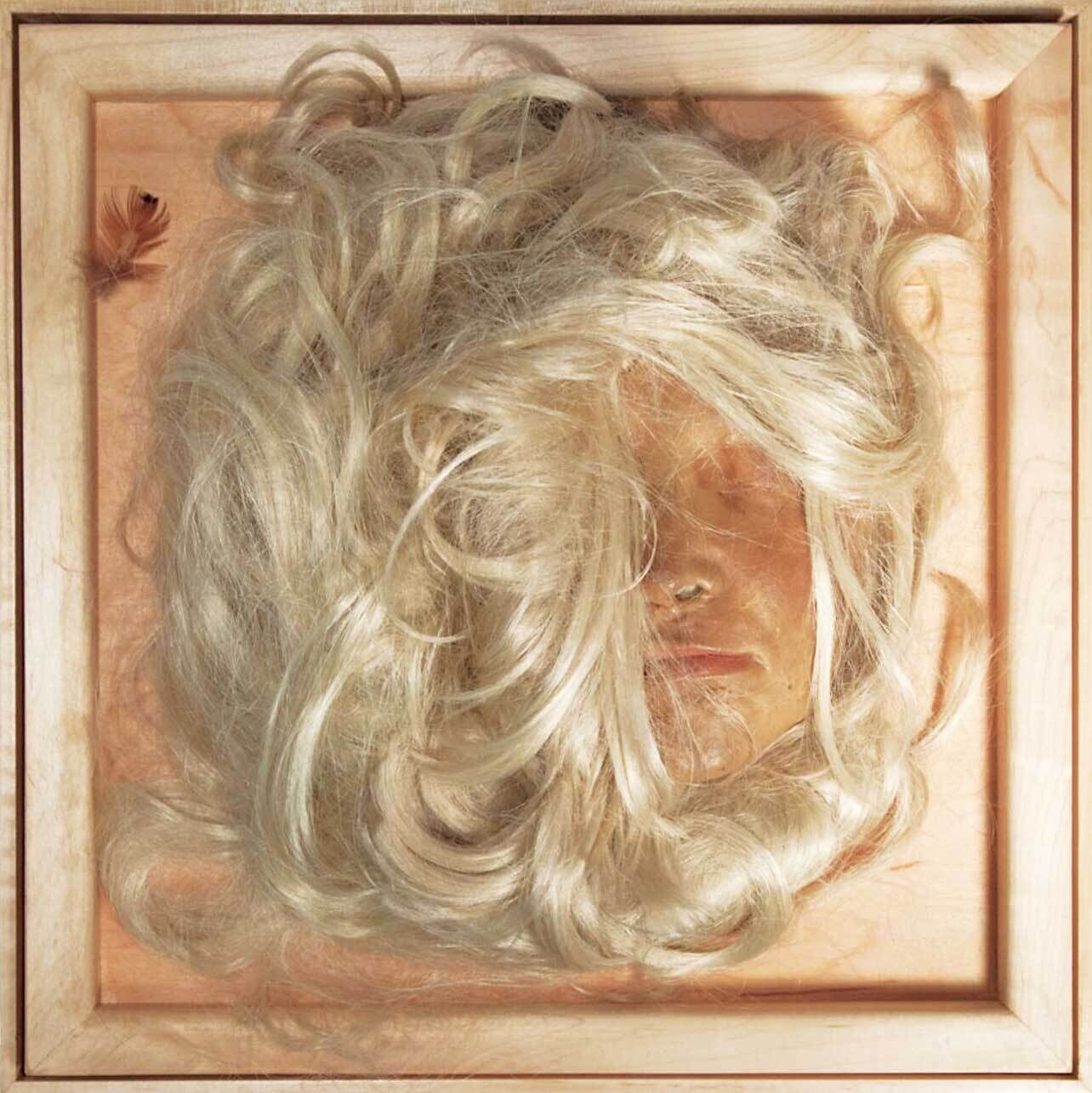
Whitney Descriptions Online: Sixties Surreal
Saturday, December 6, 2025
11:30 am–1 pm -

Whitney Signs: Sixties Surreal
Saturday, December 6, 2025
3:30–6 pm -
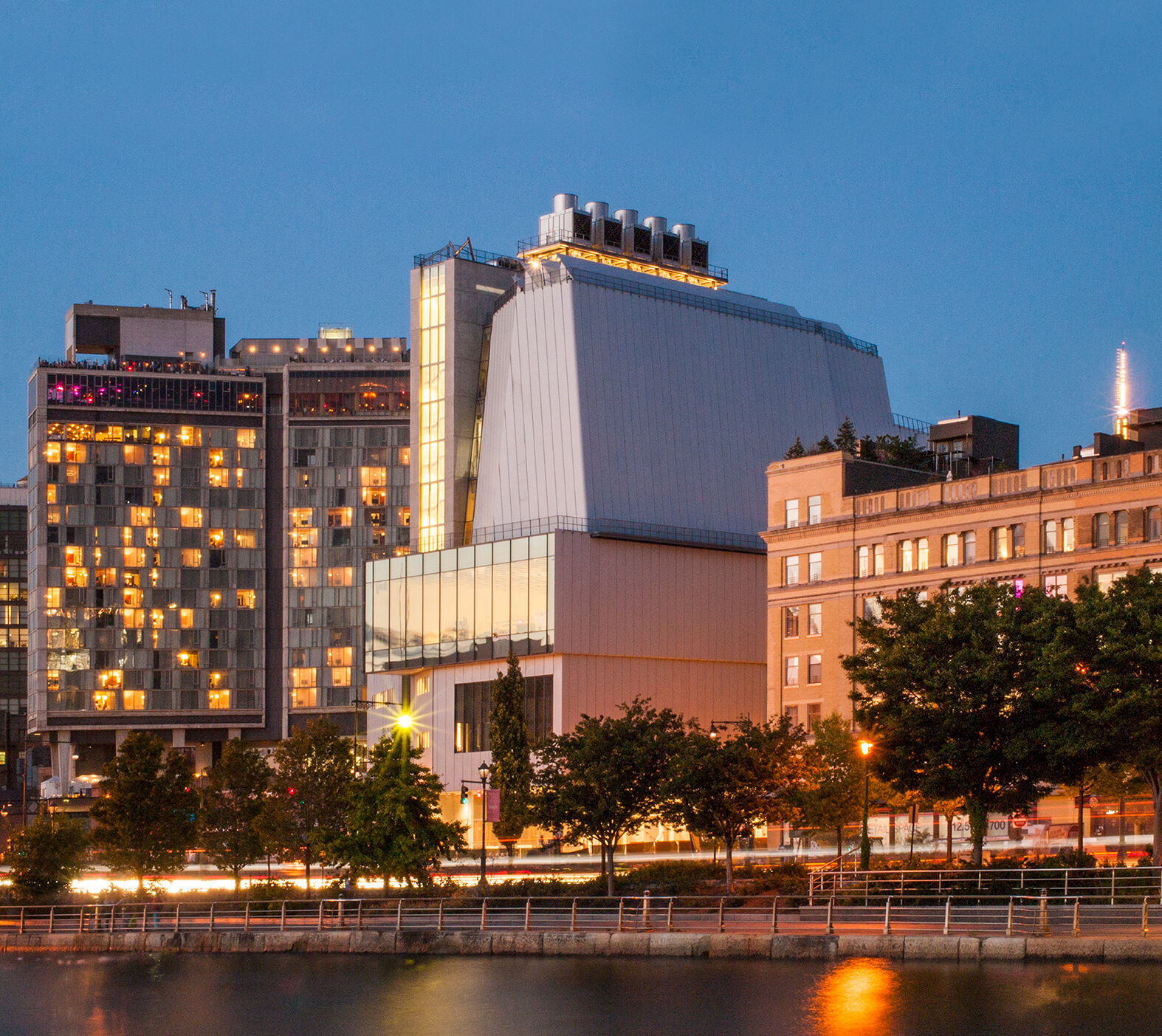
Member Night
Thursday, December 11, 2025
7:30–10 pm
Publication
Sixties Surreal
Challenging what we think we know about art of the 1960s, this volume moves beyond the established movements of pop art, minimalism, and conceptualism to shine a light on how American artists created a unique type of surrealism, making works suffused with eroticism, dread, wonder, violence, and liberation. A series of essays reveals how this new surrealism enabled artists to reconnect art to an increasingly untethered reality following the period of rapid postwar transformation and to imagine new worlds and models for art rooted in political and social change. Presenting a new framework to understand the work of artists such as Lee Bontecou, Franklin Williams, Nancy Grossman, Mel Casas, Yayoi Kusama, Jim Nutt, John Outterbridge, Ralph Arnold, H. C. Westermann, Romare Bearden, Louise Bourgeois, Christina Ramberg, and Robert Arneson, this study features an expansive chronology that highlights how a broad group of artists across the United States connected to each other through exhibitions, galleries, and collectives, offering a fresh perspective on how artists in the 1960s harnessed psychoanalysis, wordplay, and assemblage, among other strategies, to create new horizons for subject matter and form that continue to reverberate in American art today.

